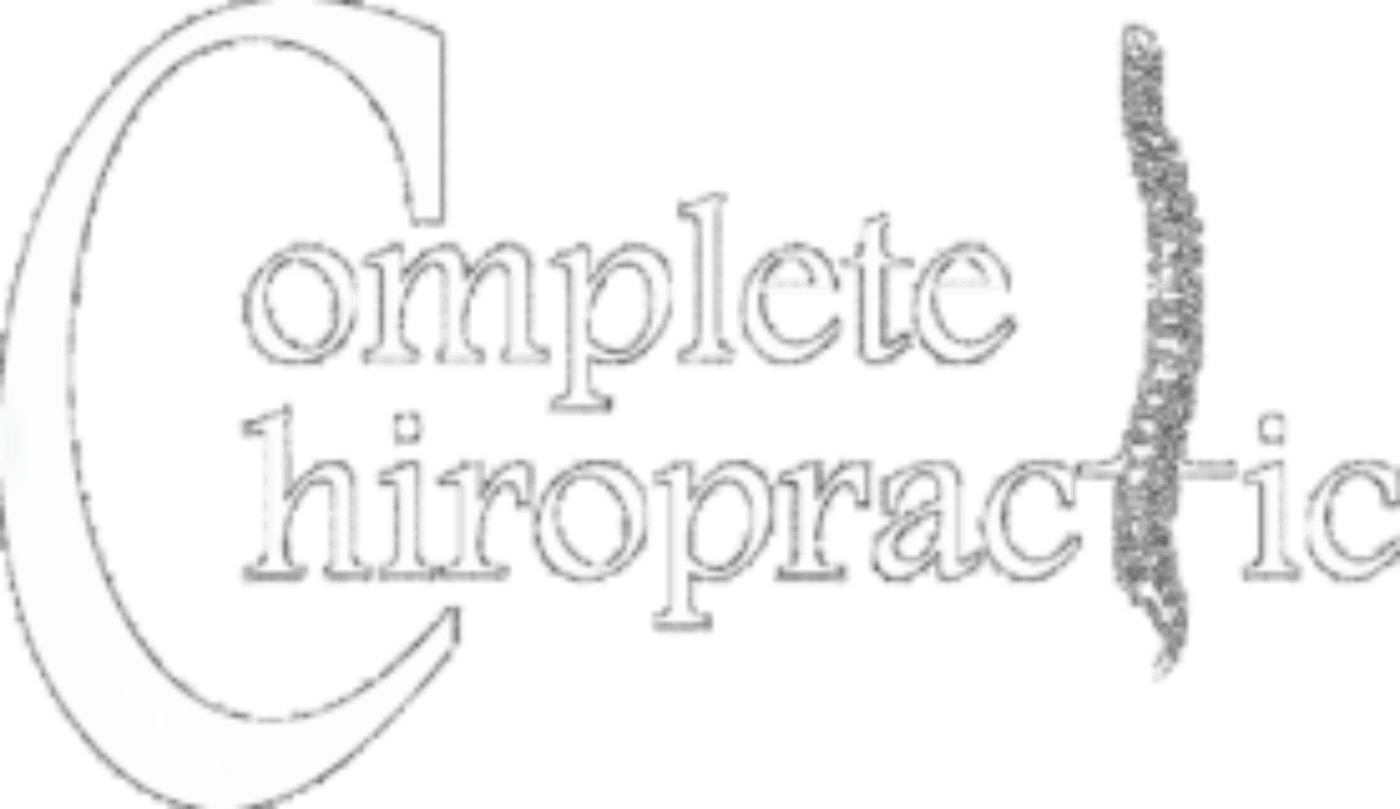Chiropractic care contributed significantly to reduced costs and better relief since chiropractic accounted for 75% of CAM use.
CAM users had significantly better self-reported health, education, and comorbidity compared with non-CAM users. Adjusted annual medical costs among CAM users was $424 lower (95% confidence interval: $240, $609;P<0.001) for spine-related costs, and $796 lower (95% confidence interval: $121, $1470;P=0.021) for total health care cost than among non-CAM users.
The Association of Complementary and Alternative Medicine Use and Health Care Expenditures for Back and Neck Problems
Martin, Brook I. PhD MPH*; Gerkovich, Mary M. PhD†; Deyo, Richard A. MD, MPH‡; Sherman, Karen J. PhD, MPH§; Cherkin, Daniel C. PhD§; Lind, Bonnie K. PhD∥; Goertz, Christine M. DC, PhD¶; Lafferty, William E. MD#
Abstract
Background: Health care costs associated with use of complementary and alternative medicine (CAM) by patients with spine problems have not been studied in a national sample.
Objectives: To estimate the total and spine-specific medical expenditures among CAM and non-CAM users with spine problems.
Research Design: Analysis of the 2002–2008 Medical Expenditure Panel Survey.
Subjects: Adults (above 17 y) with self-reported neck and back problems who did or did not use CAM services.
Measures: Survey-weighted generalized linear regression and propensity matching to examine expenditure differences between CAM users and non-CAM users while controlling for patient, socioeconomic, and health characteristics.
Results: A total of 12,036 respondents with spine problems were included, including 4306 (35.8%) CAM users (40.8% in weighted sample). CAM users had significantly better self-reported health, education, and comorbidity compared with non-CAM users. Adjusted annual medical costs among CAM users was $424 lower (95% confidence interval: $240, $609;P<0.001) for spine-related costs, and $796 lower (95% confidence interval: $121, $1470;P=0.021) for total health care cost than among non-CAM users. Average expenditure for CAM users, based on propensity matching, was $526 lower for spine-specific costs (P<0.001) and $298 lower for total health costs (P=0.403). Expenditure differences were primarily due to lower inpatient expenditures among CAM users.
Conclusions: CAM users did not add to the overall medical spending in a nationally representative sample with neck and back problems. As the causal associations remain unclear in these cross-sectional data, future research exploring these cost differences might benefit from research designs that minimize confounding.
